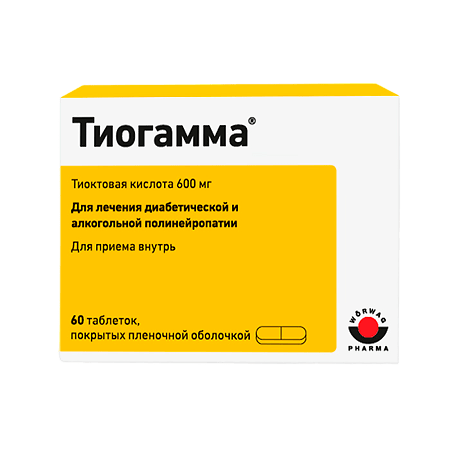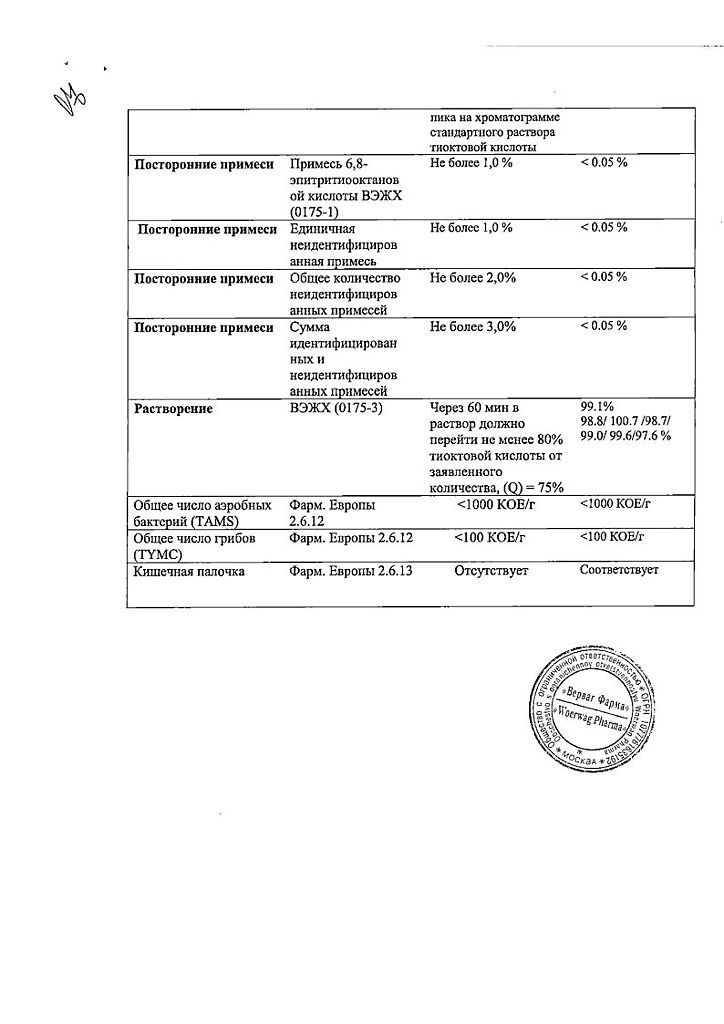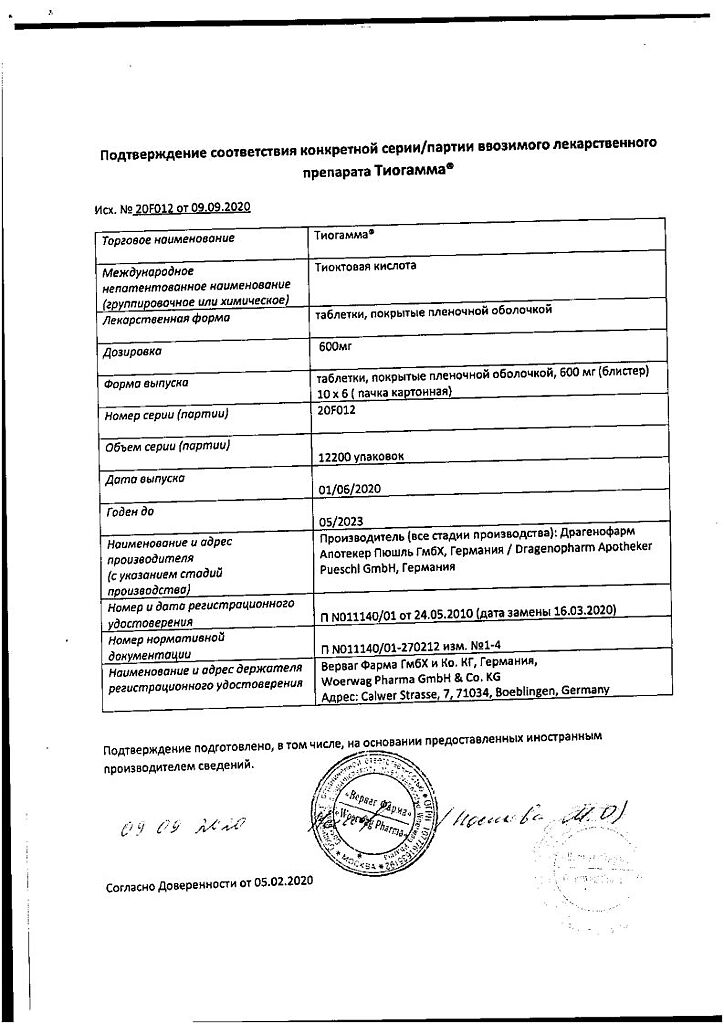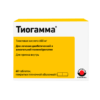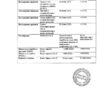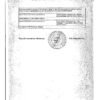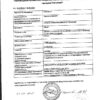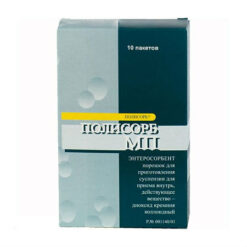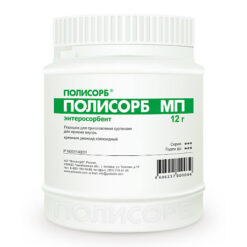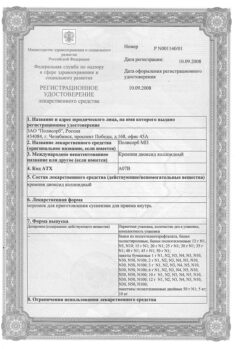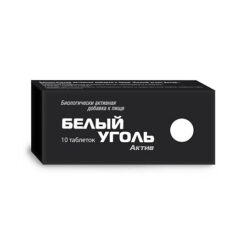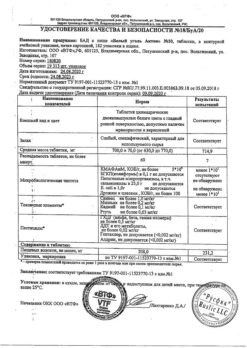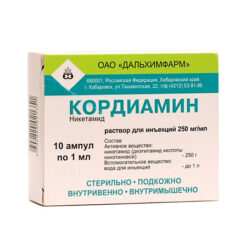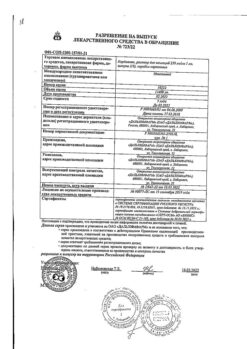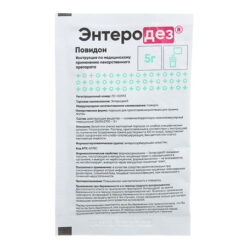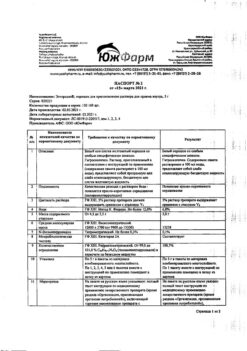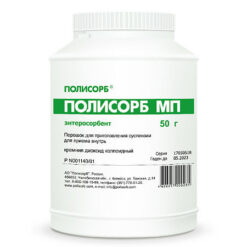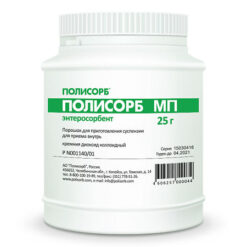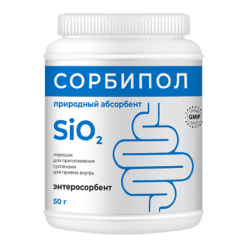No products in the cart.
Thiogamma, 600 mg 60 pcs
€50.62 €43.87
Description
Pharmacotherapeutic group: Metabolic agent.
ATX code: A16AX01
Pharmacological action:
Pharmacodynamics:
Tioctic acid is an endogenous antioxidant (binds free radicals).
In the body is formed by oxidative decarboxylation of alpha-keto acids.
As a coenzyme of mitochondrial multienzyme complexes is involved in the oxidative decarboxylation of pyruvic acid and alpha-keto acids. It promotes reduction of blood glucose concentration and increase of glycogen in the liver as well as reduction of insulin resistance.
Participates in the regulation of lipid and carbohydrate metabolism, affects cholesterol metabolism, improves liver function, has detoxifying effect during poisoning with salts of heavy metals and other intoxications. It has hepatoprotective, hypolipidemic, hypocholesterolemic, hypoglycemic effect. It improves the trophism of neurons.
In case of diabetes thioctic acid decreases formation of final glycation products, improves endoneural blood flow, increases glutathione content to physiological level that results in improvement of functional condition of peripheral nerve fibers in diabetic polyneuropathy.
Pharmacokinetics:
In oral administration it is quickly and completely absorbed in the gastrointestinal tract, simultaneous intake with food reduces absorption. Bioavailability is 30-60% due to the effect of “first passage” through the liver. Time to reach maximum concentration (4 µg/ml) is about 30 min. Metabolized in the liver by oxidation of the side chain and conjugation. Thioctic acid and its metabolites are excreted by the kidneys (80-90%), in small amounts unchanged. The elimination half-life is 25 minutes.
Indications
Indications
Diabetic polyneuropathy and alcoholic polyneuropathy.
Pharmacological effect
Pharmacological effect
Pharmacotherapeutic group: Metabolic agent.
ATX code: A16AX01
Pharmacological action:
Pharmacodynamics:
Thioctic acid is an endogenous antioxidant (binds free radicals).
In the body it is formed during the oxidative decarboxylation of alpha-keto acids.
As a coenzyme of mitochondrial multienzyme complexes, it participates in the oxidative decarboxylation of pyruvic acid and alpha-keto acids. Helps reduce blood glucose concentrations and increase glycogen in the liver, as well as reduce insulin resistance.
Participates in the regulation of lipid and carbohydrate metabolism, affects cholesterol metabolism, improves liver function, has a detoxification effect in cases of poisoning with heavy metal salts and other intoxications. It has hepatoprotective, hypolipidemic, hypocholesterolemic, hypoglycemic effects. Improves trophism of neurons.
In diabetes mellitus, thioctic acid reduces the formation of advanced glycation end products, improves endoneurial blood flow, increases glutathione content to physiological values, which ultimately leads to an improvement in the functional state of peripheral nerve fibers in diabetic polyneuropathy.
Pharmacokinetics:
When taken orally, it is quickly and completely absorbed from the gastrointestinal tract; simultaneous intake with food reduces absorption. Bioavailability – 30-60% due to the “first pass” effect through the liver. The time to reach the maximum concentration (4 μg/ml) is about 30 minutes. Metabolized in the liver by side chain oxidation and conjugation. Thioctic acid and its metabolites are excreted by the kidneys (80-90%), in small quantities – unchanged. Half-life 25 min.
Special instructions
Special instructions
Patients with rare hereditary fructose intolerance, glucose-galactose malabsorption syndrome or glucose-isomaltose deficiency should not take Thiogamma®.
In patients with diabetes mellitus, constant monitoring of blood glucose concentrations is necessary, especially at the initial stage of therapy. In some cases, it is necessary to reduce the dose of insulin or oral hypoglycemic drug to avoid the development of hypoglycemia.
If hypoglycemia develops, you must immediately stop taking Thiogamma®.
If symptoms of hypersensitivity appear, you must immediately stop taking Thiogamma®.
Patients taking Thiogamma® should avoid drinking alcohol.
Alcohol consumption during therapy with Thiogamma® reduces the therapeutic effect and is a risk factor contributing to the development and progression of neuropathy.
1 film-coated tablet of Thiogamma® 600 mg contains less than 0.0041 bread units.
Cases of the development of autoimmune insulin syndrome (AIS) during treatment with thioctic acid have been described. The possibility of AIS is determined by the presence of the HLA-DRB1*04:06 and HLA-DRB1*04:03 alleles in patients.
Impact on the ability to drive vehicles and operate machinery:
Taking the drug Thiogamma® does not affect the ability to drive vehicles or operate other mechanisms.
Active ingredient
Active ingredient
Thioctic acid
Composition
Composition
1 film-coated tablet contains:
active ingredient: thioctic acid – 600 mg;
excipients: hypromellose 25.00 mg, colloidal silicon dioxide 25.00 mg, microcrystalline cellulose 49.00 mg, lactose monohydrate 49.00 mg, croscarmellose sodium 16.00 mg, talc 36.364 mg, simethicone 3.636 mg (dimethicone and silicon dioxide colloidal 94:6), magnesium stearate 16.00 mg; shell: macrogol 6000 – 0.60 mg, hypromellose 2.80 mg, talc 2.00 mg, sodium lauryl sulfate 0.025 mg.
Contraindications
Contraindications
Hypersensitivity to thioctic acid or other components of the drug.
Children under 18 years of age.
Hereditary galactose intolerance, lactase deficiency or glucose-galactose malabsorption.
Pregnancy and breastfeeding period. (See section “Use during pregnancy and breastfeeding”).
·Before taking the drug, be sure to consult your doctor.
Side Effects
Side Effects
The frequency of adverse reactions is given in accordance with the WHO classification:
Very often
more than 1 in 10 treated
Often
less than 1 in 10 but more than 1 in 100 treated
On occasion
less than 1 in 100 but more than 1 in 1000 treated
Rarely
less than 1 in 1,000 but more than 1 in 10,000 treated
Very rarely
less than 1 in 10,000, including isolated cases
Not known
cannot be determined from the available data
Very rarely (< 1/10000) the following side effects occur:
Gastrointestinal (GIT) disorders: nausea, vomiting, abdominal pain, diarrhea.
Immune system disorders: allergic reactions (up to the development of anaphylactic shock), skin rash, urticaria, itching; autoimmune insulin syndrome (AIS), clinical manifestations of AIS can be: dizziness, sweating, muscle tremors, increased heart rate, nausea, headache, confusion, impaired visual perception, loss of consciousness, coma.
Nervous system disorders: changes or disturbances in taste sensations.
Metabolic and nutritional disorders: due to improved glucose absorption, a decrease in blood glucose concentration is possible. In this case, symptoms of hypoglycemia may occur – dizziness, increased sweating, headache, visual disturbances.
Frequency unknown (cannot be determined from available data):
Skin and subcutaneous disorders: eczema.
If any of the side effects indicated in the instructions get worse, or you notice any other side effects not listed in the instructions, tell your doctor.
Interaction
Interaction
Thioctic acid enhances the anti-inflammatory effect of glucocorticosteroids. With the simultaneous administration of thioctic acid and cisplatin, a decrease in the effectiveness of cisplatin is observed.
Thioctic acid binds metals, so it should not be prescribed simultaneously with drugs containing metals (for example, iron, magnesium, calcium) – the interval between doses should be at least 2 hours. With the simultaneous use of thioctic acid and insulin or oral hypoglycemic drugs, their effect may be enhanced.
Ethanol and its metabolites weaken the effect of thioctic acid.
· If you are already taking other medications or are planning to take them, be sure to consult your doctor before taking Thiogamma®.
Overdose
Overdose
Symptoms: nausea, vomiting, headache.
When taking doses of 10 to 40 g of thioctic acid in combination with alcohol, cases of intoxication, including death, were observed. Symptoms of acute overdose: psychomotor agitation or confusion, usually followed by the development of generalized convulsions and the formation of lactic acidosis.
Cases of hypoglycemia, shock, rhabdomyolysis, hemolysis, disseminated intravascular coagulation, bone marrow depression and multiorgan failure have also been described.
Treatment is symptomatic. There is no specific antidote.
Storage conditions
Storage conditions
Store in a dry place, at a temperature not exceeding 25º C.
Keep out of the reach of children.
Shelf life
Shelf life
3 years.
Do not use after the expiration date indicated on the package.
Manufacturer
Manufacturer
Dragenopharm Apotheker Püschl GmbH, Germany
Additional information
| Shelf life | 3 years. Do not use after the expiration date on the package. |
|---|---|
| Conditions of storage | Store in a dry place at a temperature not exceeding 25º C. Store out of the reach of children. |
| Manufacturer | Dragenopharm Apotheker Püschl GmbH, Germany |
| Medication form | pills |
| Brand | Dragenopharm Apotheker Püschl GmbH |
Other forms…
Related products
Buy Thiogamma, 600 mg 60 pcs with delivery to USA, UK, Europe and over 120 other countries.

